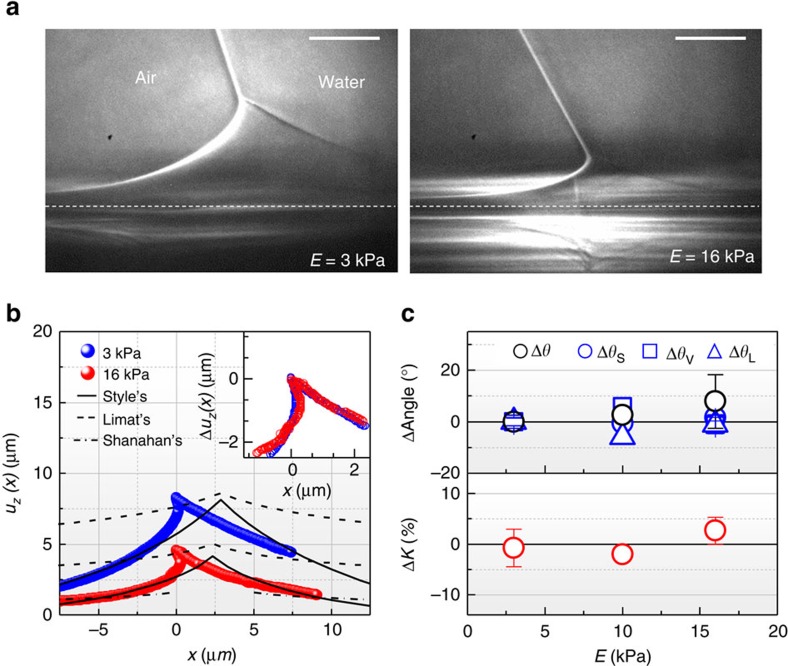Figure 2. Effect of surface elasticity on wetting ridge formation.
(a) Representative X-ray images of wetting ridges on a silicone gel (E≈3 kPa) and a PDMS film (≈16 kPa). Scale bars, 5 μm. (b) The surface profiles clearly show a strong E-dependence of the vertical displacement uz(x). The asymmetric and bent cusps are compared with three LE symmetrical models by Style et al.8 (solid lines), Limat12 (dashed lines) and de Gennes and Shanahan10,11,20 (dash-dotted lines). For E≈3 kPa, the model by Shanahan is invalid in the observed region here. The detailed fitting descriptions are in Supplementary Fig. 2. (Inset) The cusps are identically superimposed by Δuz(x)=uz(x)−uz(0) at w<<le. (c) (Top) The angular differences (ΔAngle) are plotted with E, based on the average values for 3 kPa, for the macroscopic (θ, black circle) and the microscopic (θS (blue circle), θV (blue square) and θL (blue triangle)) angles measured at w< ~0.4 μm. The error bars are s.d. from five sets of image data for 3 kPa, one set for 10 kPa and three sets for 16 kPa. (Bottom) K is obtained with θS and γLV, that is, K=sinθS/γLV. The little difference of K (ΔK<4%), resulted from that of ΔθS (< ±1.6°), indicates invariant surface stresses ΥSL and ΥSV at the tips.

